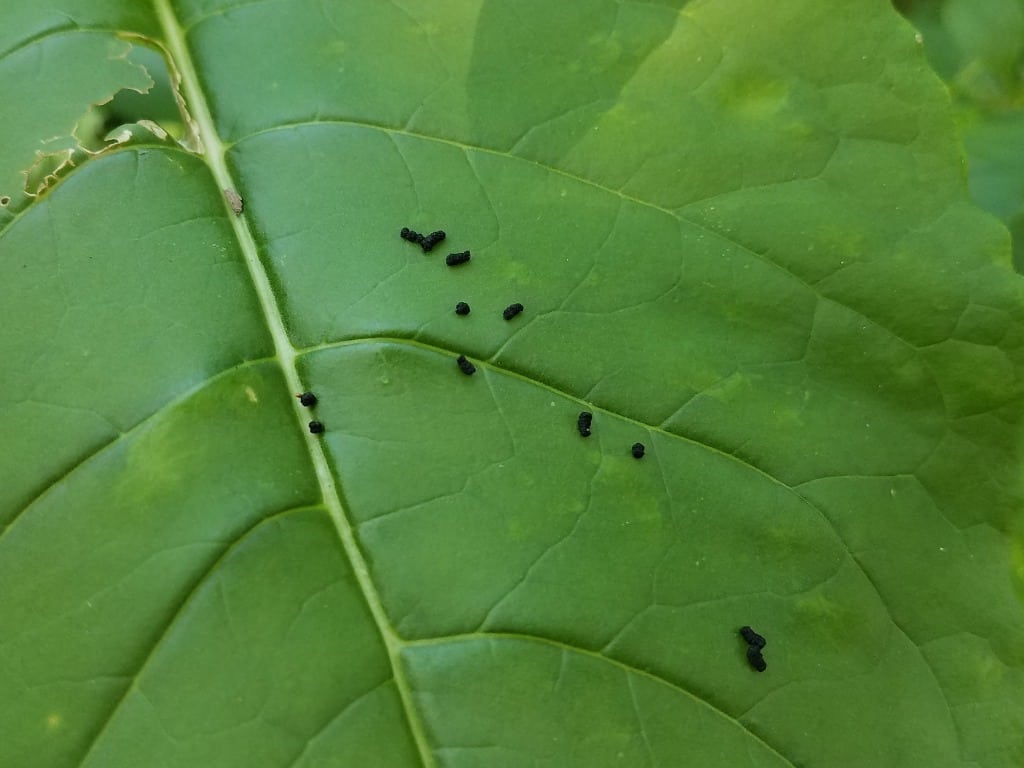What Is Frass: Learn About Identifying Insect Frass In Gardens


Let's talk poop. Insect poop to be exact. Insect frass, such as mealworm castings, is simply the feces of the insect. Worm castings are one of the more widely available forms of frass, but all insects void themselves and leave behind some form of the stuff. Insect frass in gardens helps add nutrients to soil. Continue reading for some fascinating frass information and tips on how to use this unusual garden amendment.
Frass Information
Frass is a useful soil additive, is all natural, and can come from a variety of sources. What is frass? It is the excrement left by insects of all types. In many cases, it is so small as to be unidentifiable, but other bugs leave behind definite signs of gastric waste. This leftover product has beneficial amounts of nitrogen, potassium, and phosphorus and is easy to work into soil. Getting your hands on a quantity of frass is a bit difficult, as it is diminutive and hard to harvest, however, there are mealworm and cricket breeders who have the stuff available. How can you use insect frass in gardens and why would you want to? Worm castings are one of the more available forms of invertebrate poo. Many of us have a vermicomposter at home to reduce kitchen scraps to dark, rich castings. Just as this is digested vegetable matter, so too is the frass of insects. The size and consistency will vary by bug and is especially dictated by what they eat. All of it has trace amounts of macro and micro-nutrients that are needed by plants. The name "frass" is derived from a German word meaning "devour." It is probably a reference to the voracious appetites of problem insects like caterpillars or grasshoppers. In any case, the name stuck as a descriptor for insect excreta.
Can You Use Insect Frass?
Along with nutrients, insect frass contains chitin. This is an important component for keeping plant cell walls strong. These stronger cell walls help plants fend off pests and disease. It also seems to make the plant resistant to powdery mildew, late and early blights, botrytis, and certain root rots as well as root nematodes. Other insect frass uses include fertilizing with nutrients in low, easy-to-uptake doses. Most available frass comes in a 2-2-2 formula, bestowing light, gentle amounts of macro-nutrients. Another of the touted insect frass uses is as a soil pH balancer. It may also return beneficial microbes ingested by insects back into the soil.
How to Use Insect Frass in Gardens
The frass will come dried in most cases. This powder is easy to mix into a watering can at a rate of 1 teaspoon (5 g.) per gallon (4 L.) of water. As a root drench, you can make a frass tea with ½ cup (2 L.) per gallon (4 L.). In vegetable or perennial beds, you can dig in the nutrients. Use 1 pound (.45 kg.) for every 20 square feet (7 m.) and work into soil deeply. If you want to boost the nutrient availability, add liquid kelp or humic acid. Insect frass can be used as a drench, foliar feed worked into soil, broadcast, or in a hydroponic system. It is easy to use and mild for all sorts of plants, even pampered greenhouse darlings.
Gardening tips, videos, info and more delivered right to your inbox!
Sign up for the Gardening Know How newsletter today and receive a free copy of our e-book "How to Grow Delicious Tomatoes".

Bonnie Grant is a professional landscaper with a Certification in Urban Gardening. She has been gardening and writing for 15 years. A former professional chef, she has a passion for edible landscaping.